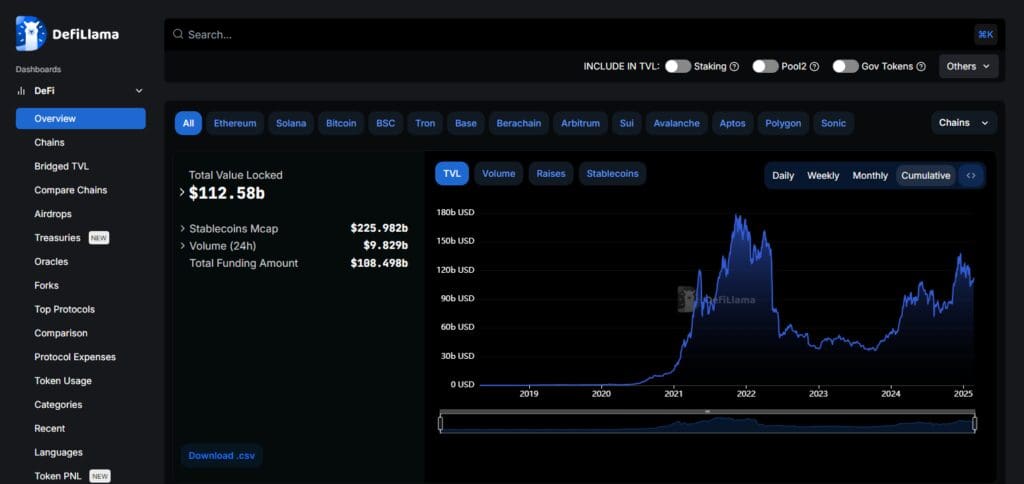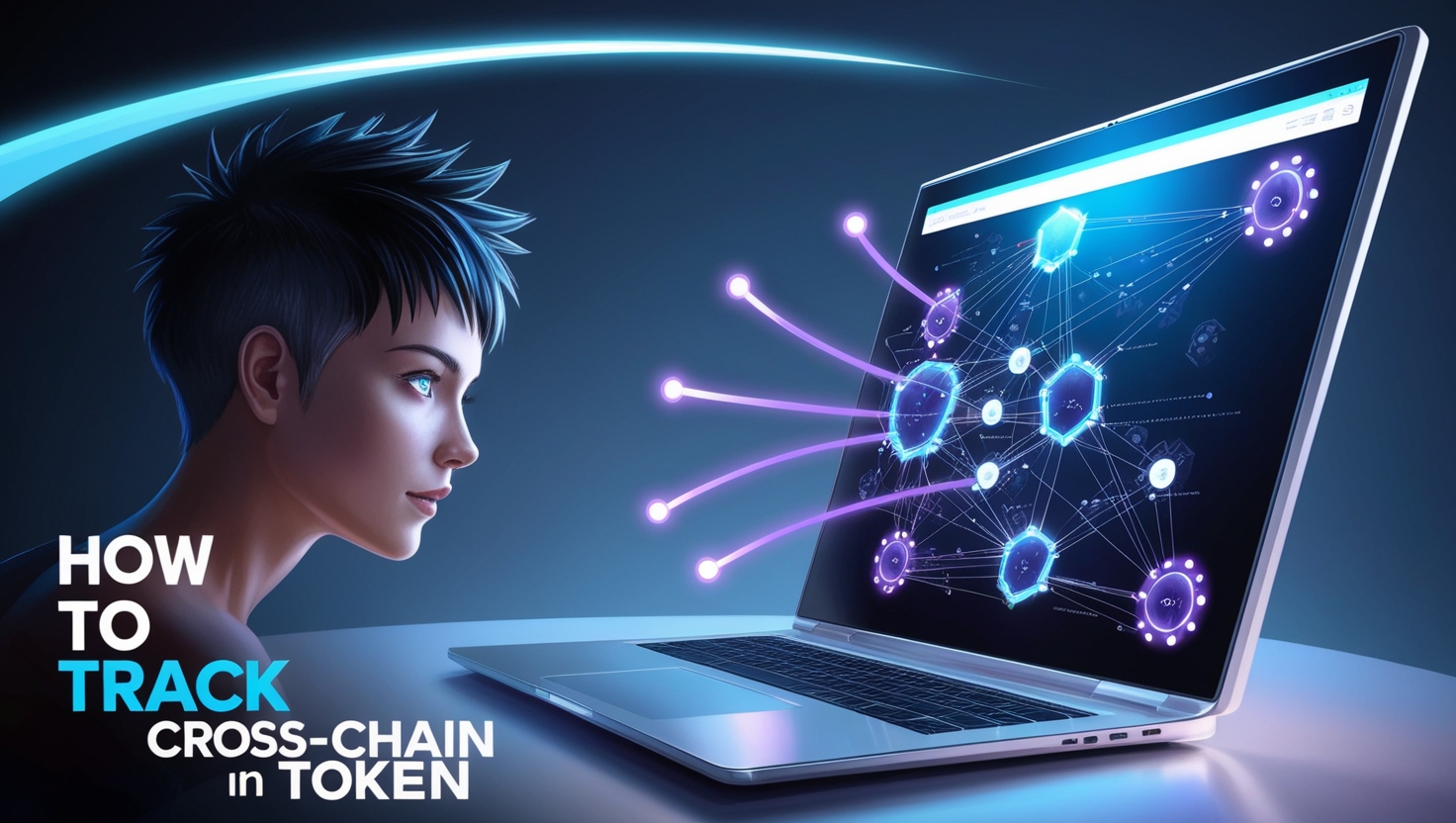In this article, I will explain How to Track Cross-Chain Token Flows assets so you can keep track of your token as it moves between different chains.
Analytics tools, blockchain explorers, bridge trackers, and wallet monitors can help you track flows, flag significant activities, and study cross-chain behavior for improved monitoring and analysis of DeFi security.
What Is Cross-Chain Token?
Cross-chain tokens are specialized types of digital assets capable of being transferred and used across multiple blockchains. With cross-chain tokens, the transferring, swapping, and interaction of assets on different blockchain networks is made easier without relying on centralized platforms.
Atom swaps, bridges, and relay protocols are some of the technologies cross-chain tokens employ for secure and efficient token movements between networks.
This promotes the versatility and interconnectedness of the blockchain ecosystem as well as enhances the flexibility and usability of digital assets.
How to Track Cross-Chain Token – Step By Step Guide
Tracking movement over multiple chains requires appropriate tools. Here is an explanation with one example for each technique:
Etherscan Blockchain

A user can visit Etherscan and check the transactions that were made on Ethereum to find out further details.
Cross Analytics Use Case
Platforms like Arkham allows you to view account movements and activities associated with different wallets on various chains.
Set Up Trackers For Bridges Movement

DeFiLlama, and Wormhole Explorer allows to keep track of cross chains activity from a single platform.
Audit Smart Contracts
Evaluate the smart contracts responsible of wrapping or unwrapping the assets across different chains.
Monitor Wallet Activity
You can track address activities in different chains using tools like Etherscan Labels and Zapper and Zerion.
Key Considerations for Tracking Cross-Chain Transfers
Investigate How a Particular Blockchain Functions: The various bridges that connect two different chains have different models such as lock-and-mint and burn-and-mint. Reconciling a specific model of a certain bridge is immensely important in tracking tokens.
Determining Important Wallet Addresses: Track both the sender and the recipient addresses on involved blockchains in order to connect the dots of the new transaction.
Verifying The Transactions: Ensure that the transaction amounts, timestamps, and other identifiers such as TXIDs align correctly between both chains.
Writing To The Blockchain Using Analytical Tools: Cross-chain functionality is provided on platforms, such as Chainalysis, Nansen and Elliptic, making it effortless for users to connect multiple blockchains.
Steps to Track Cross-Chain Transfers Using Analytics Platforms
Sign Into the Tool – First, get access to the analytic tool, which blockchain users can sign into for tracking tokens across multiple blockchains.
Enter Wallet Addresses – Type in both the sender and recipient’s crypto addresses for the transfer.
Analyze Transaction Data – Look at the transaction records stored in both the starting and ending blockchains, focusing on the timestamps, token values, and other associated addresses.
Utilize Cross-Chain Tracking Features – A lot of the platforms provide burn and mint visualization tools, which make following the movement of tokens much easier.
Refine Search Results – Result filtering by type of token, date period, and other detailed parameters should be utilized for pinpointer results.
Looking Towards The Future
Unified Analytics Platforms
No Code Tools For Consolidation Unified analytics tools targeting cross-chains will emerge to make life simpler and security audacious for all.
Improved Interoperability
Mobile Friendly Apps New solutions will unlock more features than what is on offer today, by utilizing lower level protocols like IBC and XCM.
AI-Powered Insight
Mobile Powered AI Machine learning will help build new models to quantify and analyze token flow alongside sophisticated web solutions.
Complications in Monitoring Cross-Chain Movements
Scattered Information: Information is distributed across numerous blockchains and platforms making it difficult to consolidate the data.
Absence of Uniformity: Different chains and bridges do not follow a consensus on data format usage.
Data Sanitization: Some transactions can be concealed for safety purposes which makes it difficult for proper tracking.
Data Inflation: Monitoring high volumes of transactions is costly in terms of both human resources and infrastructure.
Conclusion
To monitor token movement across various chains, you need a unique combination of bridge trackers, smart contract audits, analytics tools, and blockchain explorers.
You can monitor transactions to track wallets and follow the movement of assets across chains using the platforms Etherscan, Arkham, DeFiLlama, and Wormhole Explorer.
Contracts wrapping and unwrapping is confirmed through smart contract analysis, while Zapper and Zerion alerts help monitor wallets in real time. Alerts can also be set up and you remain in the loop regarding notable token activities.










